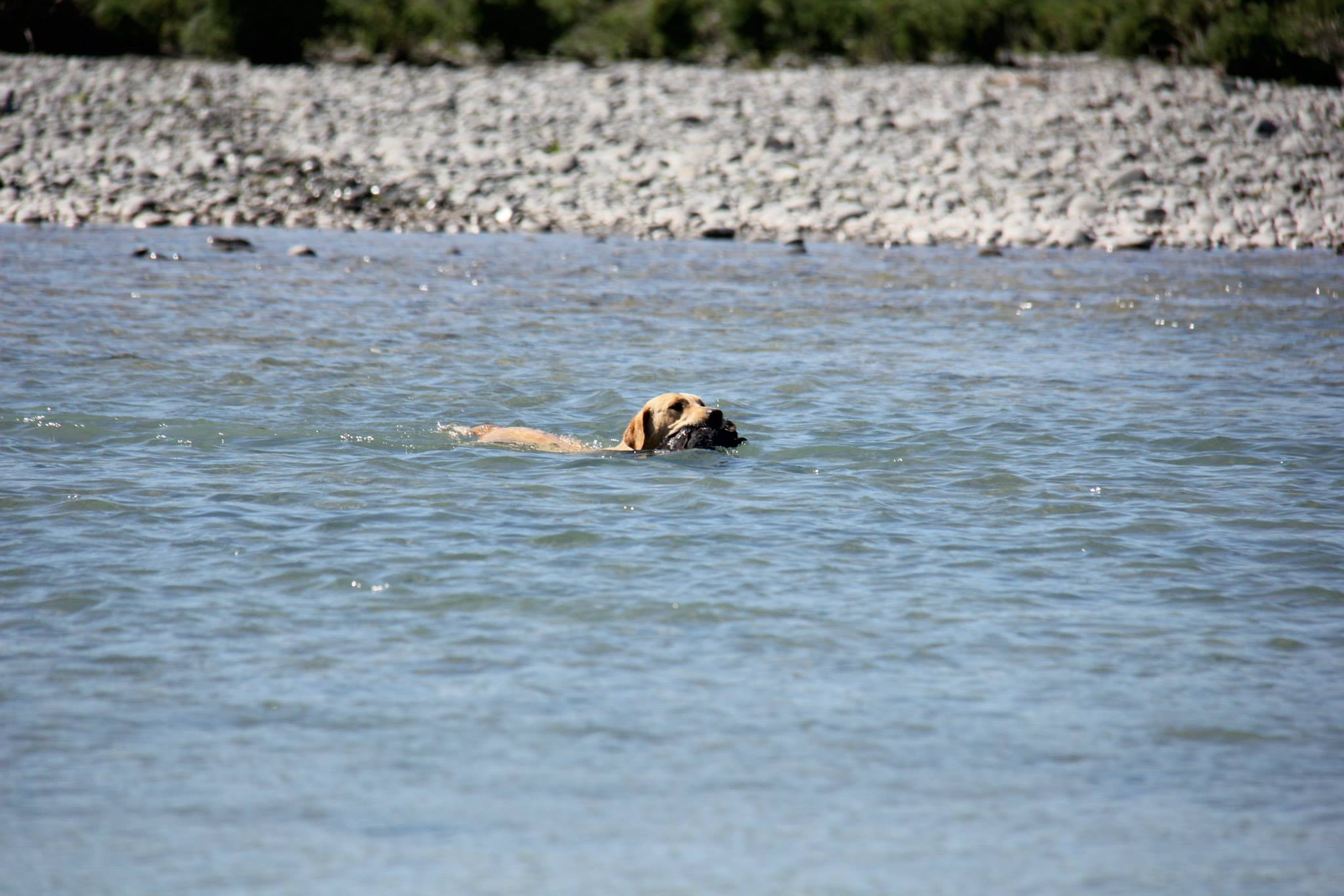Getting the most out of your gun dog: Part 4 Hunting and training through the first couple of seasons
- 15/07/2020
- Richie Cosgrove
If you’ve taken full advantage of the game bird hunting season and hunted with your pup in a variety of situations you’ll realise what a great asset a well-trained gun dog can be. Most gun dogs will be working at their best from around three years of age, so there’s still lots of room for improvement and well-structured training can achieve this.
If you’ve checked out various professional trainer’s web-sites you’ll have seen some of the remarkable skills that your dog is capable of.
Later, if you decide to take up gundog trialling at an advanced level, you can move on to these, but at this stage you should stick to the basics.
Retrieving Doubles
Your pup should, by now, be retrieving single thrown dummies from 60 or 70 metres, sitting at heal until sent and retrieving to hand.
It’s time to move on to doubles, a double is where two birds are shot, or two dummies thrown, before you send your dog to retrieve them.
They must be retrieved separately.
To start training for doubles, sit your dog beside you and throw one dummy 10 metres or so from you.
Turn 180 degrees and throw the second dummy and send him to retrieve it.
Take delivery, then turn back to the first dummy and send him to retrieve that. Done.
No problem you’re thinking. Well, perhaps.
Here’s some tips:
Start off using a collar so you can hold him to prevent him from breaking and make sure he can see both dummies from where you’re standing.
If he tries to run past you to get to the second dummy before delivering the first, try standing in a gateway, or set up some other barrier so he can’t easily get past.
Once he’s doing this exercise well you can start increasing the distance he’s retrieving from and reducing the angle between the dummies.
Later still, you’ll be able to move on to three thrown dummies.
Memory Training
You also need to start memory training so your dog learns to remember when there’s more than one bird to retrieve and where it is.
You should be able to sit your dog, walk out, throw a dummy where he can’t see it, then walk back and send him to retrieve it.
Once you’ve done this a few times, start to delay sending him for it.
Take him away, then take him back to where he was when you threw the dummy before sending him.
Later you should be able to throw two or three dummies and have him remember where each of them is five minutes or more later.
As with all training, only very gradually increase the difficulty of the exercise.
Do not be tempted to try something more difficult until each earlier step has been mastered.
Multiple Retrieves

The end goal: getting your dog to retrieve all your shot ducks.
Often young dogs get confused when faced with several birds on the ground, or in the water at the same time.
They may go from one to another, unable to decide which to pick up, or try to pick up two, or more at once.
You can overcome this problem by the use of piles of dummies. Pile work is also a useful tool in more advanced training.
You’ll need three or four dummies for this exercise.
Initially, put out two dummies where he can see them, about 30 metres apart and about 30 metres from you.
Send him to retrieve them one after the other.
Once he’s doing this well, gradually move the dummies closer together until they’re no more than a metre apart.
When he’s retrieving them separately, without hesitation, you can start adding extra dummies to the pile and moving the pile further away from him.
Next issue I’ll write about taking your dog’s skills to a higher level.
John Stevens, President, Waimate Gundog Club.